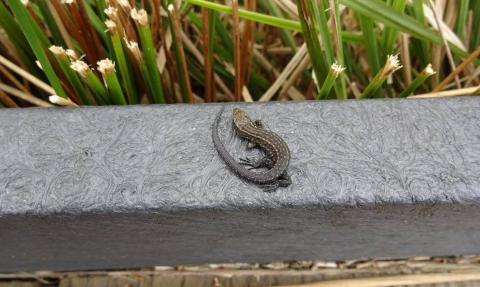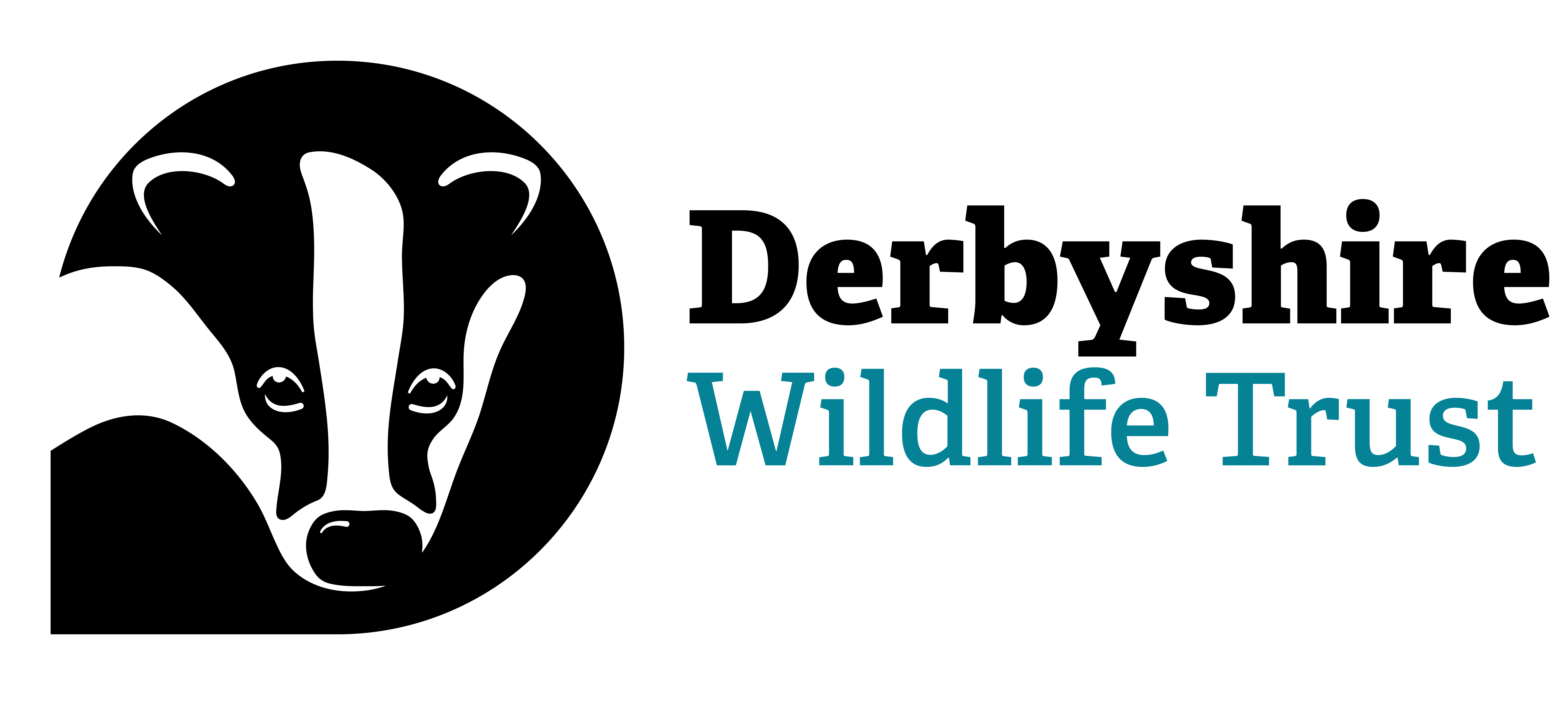
common lizard on boardwalk, Libby Duggan-Jones
Who lives in a house like this?
Wildlife on your site
Want to know what wildlife might live on your site? Take a look at our habitat guide and we'll tell you which species might live there.
With this information, you'll then have a better understanding of what surveys you may need to get as part of your planning application.
Choose your habitats
House/barn/industrial units and buildings
- Bats – roosting in voids in any age house, not just old ones. Can crawl into a gap the size of your thumb nail so not always obvious. Can also roost between materials that make up your house so you may have a bat roost and not know that it’s there, there may be no signs of them at all. Roosts are protected by UK and EU law and you cannot disturb them without a Natural England license.
- Barn owl - may nest/roost in dark spaces in barns and derelict houses. Well known nesting opportunities include disused water tanks in old roof voids but can also use wall plates and any cavities. Nesting/roosting sites are hard to find but signs of their presence may include pellets and feathers. Barn owl is a protected species under UK law and you cannot disturb them or their nest site without a Natural England license.
- Swallow – nests in open front barns and sheds, anywhere where there is overhead shelter and a surface to attach a nest. Nests are protected against disturbance when active.
Gardens/urban and rural
- Bats – roost in tree crevices, these roosts are very difficult to find and may show no signs of the bats presence. As above these roosts are protected and any works to a tree with suitable features should be assessed by a licensed ecologist.
- Badger – More frequently known to inhabit urban areas including city centres not just the rural countryside. Setts can be found beneath sheds, church yards and small areas of dense shrub planting, hedgerows. Setts can consist of one or more entrance hole which is not easily identifiable by the layman. Frequently seen foraging in urban gardens and use railway embankments and canal/rivers as corridors to cross large areas to forage. Badger setts are protected under UK law against any kind of disturbance unless a Natural England license is given.
- Birds – bird nesting in any kind of vegetation, must consider ground nesting as well as species which nest in trees and hedgerows. All nests are protected under UK law when active.
- Great Crested Newts – can be found in any pond/body of water, this can include what could be considered unsuitable habitats like concrete lined ponds, old bath tubs, drinking troughs. Only enter waterbodies during the spring/summer to mate, will then return to land for foraging and winter hibernation. This species can travel overland for up to 500m to reach suitable breeding ponds and/or hibernation sites. Suitable terrestrial habitats include old garden walls, any piles of stone/wood, tussocky rough grassland, shrubs, ornamental planting and allotments.
- Hedgehog – Will inhabit gardens or rural areas with vegetative cover, thick dense bushes, shrub planting, hedgerows, and allotments. Will range widely in search of food through gardens and will cross roads. Require undisturbed areas for hibernation.
- Reptiles – Grass snake and lizards are most frequently seen. Inhabit larger urban and rural gardens and allotments with areas of cover and suitable backing spots. Favour industrial sites and allotments, compost heaps being especially attractive for laying eggs in.
Industrial sites/brown field
As above for gardens. Brown field sites can hold a wide range of both protected animal and plant species, being areas which are mostly undisturbed by people. Brown field sites usually have a mosaic of habitats close or integrated into each other. Many invertebrates have complex life cycles and require a variety of habitats which brown field sites can supply within a small area making them ideal habitat.
Watercourses/streams/brooks
- Otter – a wide ranging species with home territories of several km of watercourse, will also cross terrestrial habitat in order to foraging or connect to nearby waterbodies. They leave very little evidence of their presence but experienced ecologists recognise otter ‘spraints’ on obvious landmarks within the water course which are signs of otter presence. Otter breed in holts which are very difficult to find. Otters are protected under UK law against disturbance.
- Water Vole – Site faithful species which excavate burrows at or below the water line of a water course. Not an easy species to see and the burrows are usually the only sign of their presence and sometimes these are not easily identifiable.
- White-clawed crayfish – Only fresh-water crayfish native to the UK. Favours hard-water streams and rivers, especially those flowing off limestone, canals and quarry pools. Crayfish tend to be nocturnal only coming out to feed at night, spending the day hiding way underneath large rocks and stones. Devastating factor affecting freshwater white-clawed crayfish is crayfish plague, a virulent fungal disease carried by the aggressive introduced species, the American signal crayfish. White-clawed crayfish are protected by UK and EU law and a special license is required to survey and handle this species.
